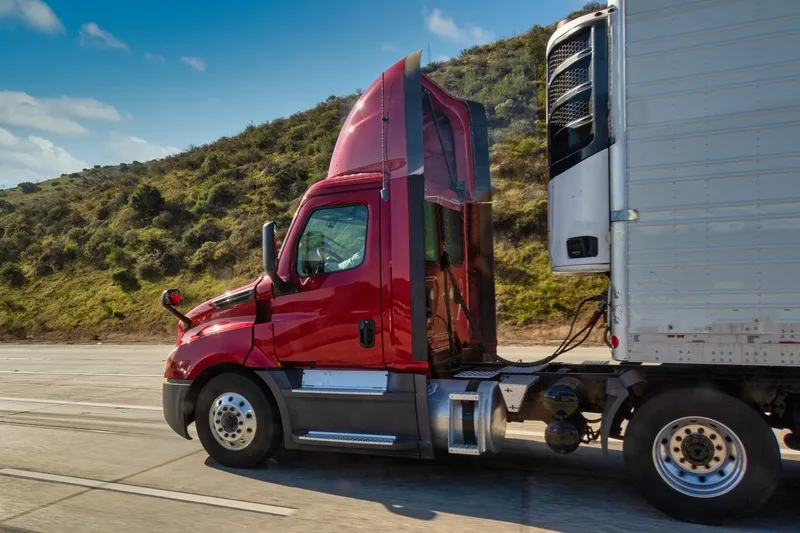The bi-directional traffic mode of the system prevents vehicles from avoiding the weigh station also works well in a situation where the road is closed or vehicles are queueing in one lane.
An advanced traffic classifier, also developed by Camea, with wide-ranging traffic monitoring applications, such as vehicle counting, precise classification, gap and headway measurement, and axle counting can also be optionally added to WIM system.
Versatile WIM and speed enforcement
Camea, headquartered in the Czech Republic, will use the 2015 ITS World Congress to highlight its weigh-in-motion (WIM) system that can be expanded with a certified speed measurement function, which many municipalities welcome. The company says the system can address two road safety issues – weight and speed enforcement.
The bi-directional traffic mode of the system prevents vehicles from avoiding the weigh station also works well in a situation where the road is closed or vehicles are queueing in one lane
July 31, 2015
Read time: 1 min










